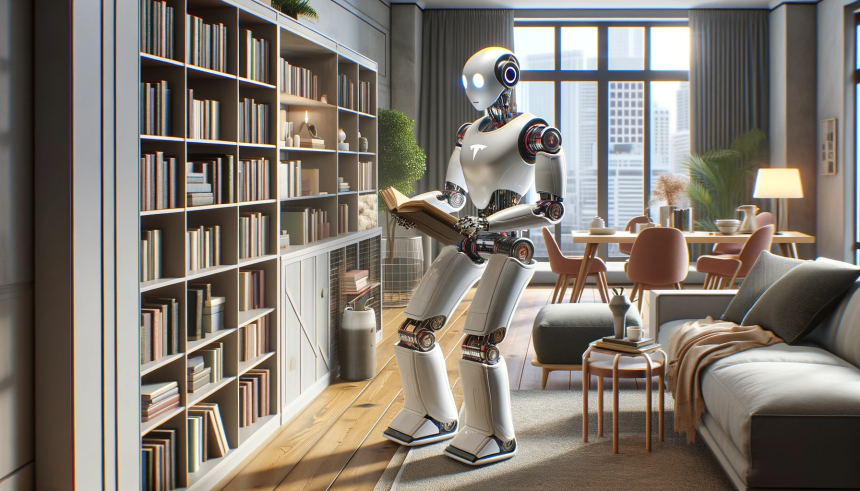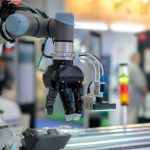Tesla recently released a video of its humanoid robot, Optimus, demonstrating dance moves. The clip came with notable changes in the robot’s abilities since its initial announcement, driving curiosity about its commercial prospects. This innovative effort led by Tesla aims for gradual advancements in robotics, intending to revolutionize real-world tasks. Optimus, which has been under development since 2021, showcases a swift evolution from a concept to a semi-functional robot.
When Tesla announced Optimus in 2021, the company had not yet developed a prototype. In 2022, the first semi-functional models were presented, offering a glimpse of its potential. These early prototypes were met with some criticism due to their reliance on teleoperation. By 2023, however, improvements such as advanced arm and hand movements enhanced the robot’s capabilities significantly. With increased flexibility, Tesla aims to position Optimus as a leader in humanoid robotic applications.
How Has Tesla Improved Optimus?
Tesla added functionality to Optimus steadily, leading to the release of the Gen 2 model in 2023. The robot now performs tasks such as maintaining yoga poses and dancing, owing to its hands with improved degrees of freedom (DoF). Production units boast hands with 22 DoF, up from the earlier 11 in the prototypes, facilitating more complex tasks. Optimus also features 40 electromechanical actuators, reflecting its technical refinements.
What Are the Recent Developments?
During Tesla’s “We, Robot” event, Optimus robots actively engaged in serving drinks and entertaining attendees. These demonstrations illustrated the robots’ synchronized movements and interaction capabilities. The recent dance video exemplifies ongoing advancements and sets the stage for an upcoming production phase. Tesla’s Q1 2025 report notes that limited production of Optimus has already commenced at the Fremont Factory, signaling readiness for mass production.
Does Tesla Plan to Scale Optimus Production?
Tesla intends to produce over 1,000 units for internal deployment by 2025, with plans for public sales in 2026. Elon Musk believes Optimus could surpass Tesla’s vehicle business in significance, projecting a potential market value of $25 trillion. He suggests the automation of repetitive jobs could dramatically shift economies toward cheaper goods and services, ushering in what Musk refers to as an “age of abundance.”
Thoughtful insight into the potential impact of Tesla’s Optimus illuminates its anticipated role in addressing labor-intensive tasks efficiently. Optimus’s development trajectory shows Tesla’s adaptability and commitment to enhancing robot functionality. As production scales, its adoption could revolutionize various industries. However, the market’s reception will ultimately decide its commercial success and influence on everyday life.










